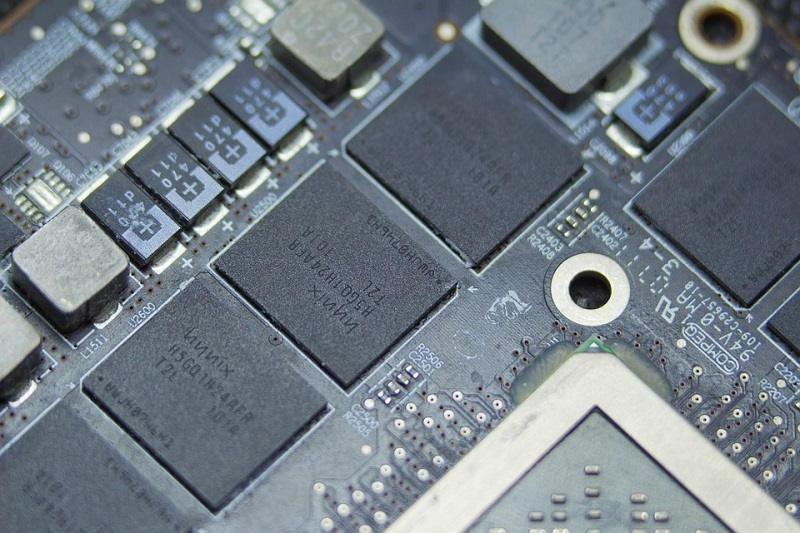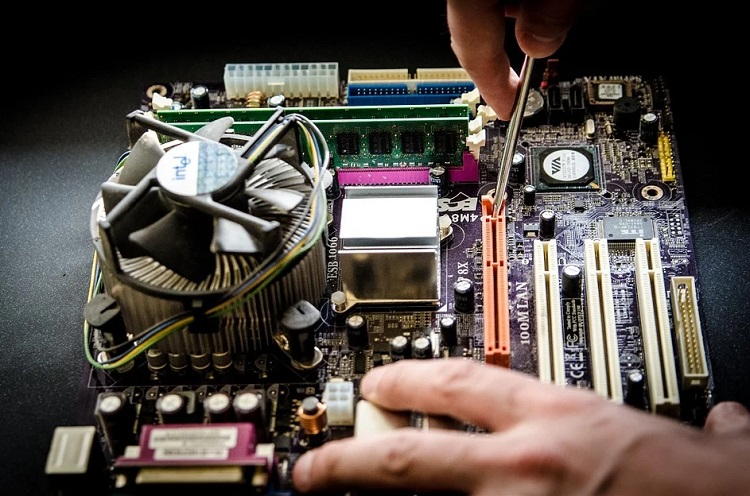If you are noticing some graphical issues with your computer, perhaps some flickering or even shutdown screens or errors, you may be looking at problems with your graphics card or graphics processing unit.
What to Do If Your GPU Has Broken Down
If this is the case, you have some options to explore for fixing it, but you need to do some troubleshooting first. Here are some things you can do if you feel like your GPU is failing and breaking down on you.

1. Uninstall Drivers
One first solution you want to explore is uninstalling your drivers when you have to troubleshoot your damaged and potentially broken down GPU. Uninstalling and reinstalling your drivers allows you to check to see if you are having software issues with your GPU and graphics card.
This may also be a necessary step if you have to remove the GPU, attempt a repair or factory reset, and reinstall it. It is also a good idea to uninstall your drivers if you have to purchase and install new drivers as it cleans the unit to allow for your system to be best set up for the new graphics card.
2. Change Out HDMI Cables
Another issue you want to troubleshoot is to determine if there are other components causing problems with your GPU that may not be the graphics card. Investigating your computer interior and determining that there are no issues with other components and wiring is important as this can save you a lot of time and headache having to repurchase, replace, or repair your graphics components.
Purchasing new HDMI cables, for example, is a way to ensure that your wires are not the parts that are damaged or faulty and the ones that are causing your system problems and disruptions.
4. Online Diagnosis Tools
There are online tools and applications that you should consider using to test the graphics processing of your computer and help you identify the situation. If you have a hardware issue, you may have to consider replacing your parts with new Ryzen GPUs.
If you go through a diagnosis, open up your computer and determine your parts can be repaired, you can save yourself some money. Benchmarking programs will push your PC to the limits and likely cause rises in temperature and causes it to get sluggish. It is not a good idea to leave this running simply in the back, but to monitor it for changes in order to help you identify the root problems.
5. Cleaning GPU
Once you have identified the problems with the GPU, you can start to address the issues. Once you’ve taken the necessary steps to safely disassemble your GPU, remove the heat sinks from your graphics card, removing fans and cables and other components as need be.
Once you have removed the parts and cleared enough space, you should clean off your components from dirt and residue such as thermal paste off your chip and heatsink.
6. Heating or Soldering
One of the possible causes of a damaged GPU is broken contact points with your processor. This can be repaired and fixed by reheating and soldering those points to reconnect with the chip.

It is important that when going through this process you are comfortable with the tools to repair your components. If you are not experienced or comfortable with such repairs, you may risk causing further damage that is more costly to repair.
7. Thermal Paste
Once you have finished with the solder repairs, you will then move on to reapplying new thermal paste to the main chip, to ensure that you transfer and dissipate heat efficiently in order to prevent your systems from overheating. Once you have applied that on, it is time to assemble your heat sink and go back to where you started by reinstalling the components.
8. Testing The CPU
Once everything has been reinstalled, it is time to test your system. Remember that before doing any repairs on your computers that you should always have the power cables unplugged to prevent the risk of shock or electrocution.
Install your drivers if you had uninstalled them previously, as well as utilize the diagnosis tools to benchmark and measure your computer’s performance. If the heat levels are up to the operating standards, you should be good to go, otherwise, you may have to do further repairs and more investigation to troubleshoot the problem.
A defective or broken GPU won’t always be able to be repaired using the same methods. The troubleshooting portion of your repair to identify the problem is key to knowing whether or not you can do the fix yourself. If you are unfamiliar or even just uncomfortable with repairing your PC and its components, have a technician take a look to save you from causing any further damage.



















